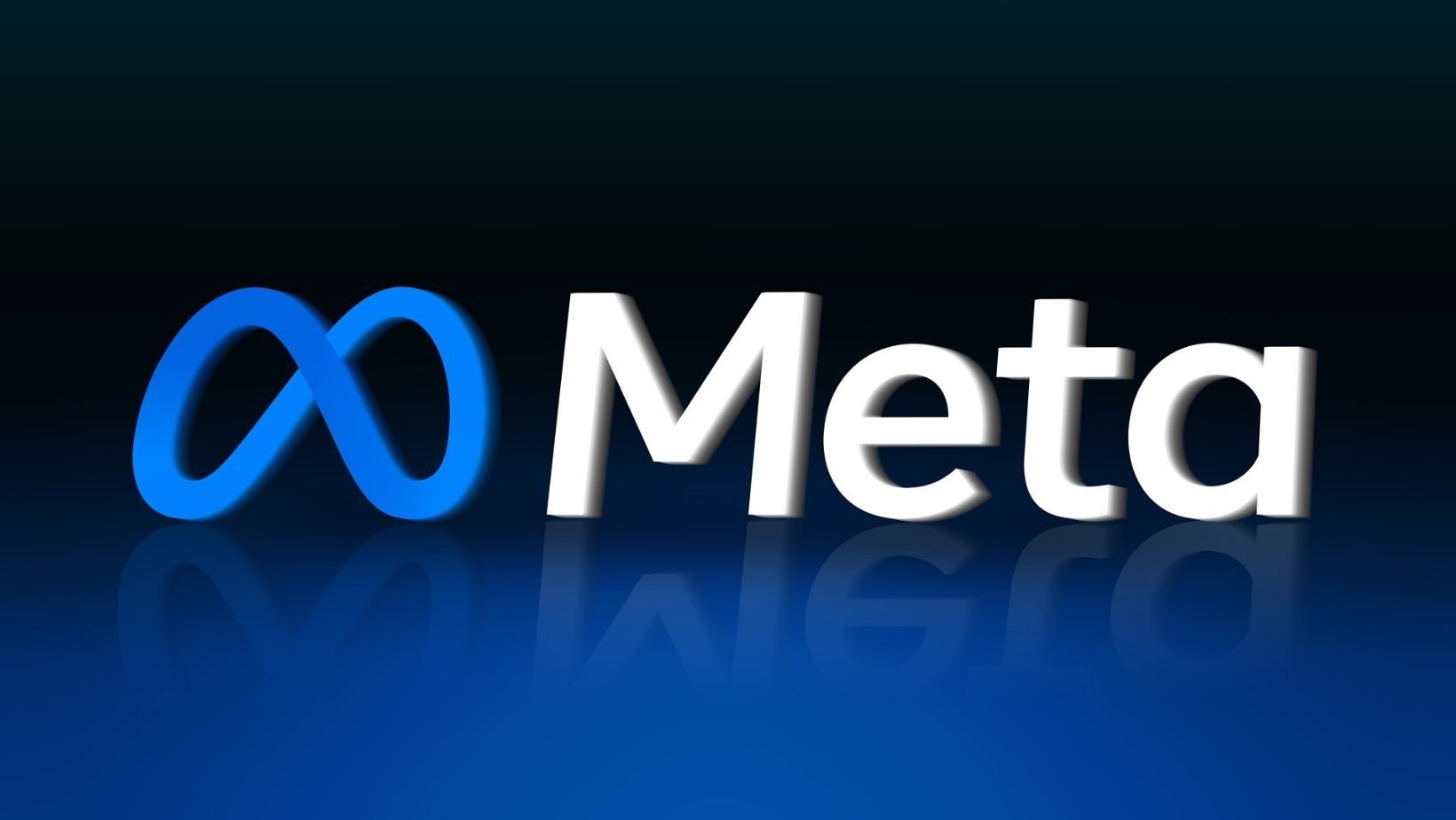
Meta Introduces Mandatory AI Content Labels for Greater Transparency
As the digital landscape continues to morph with rapid advances in artificial intelligence (AI), the significance of transparency and user awareness has never been more prevalent. To address the burgeoning influx of AI-generated content on social media, Meta, the conglomerate helming platforms such as Facebook and Instagram, has enacted new AI disclosure requirements. These requirements include a noteworthy functionality within their platforms—a label explicitly indicating when content has been created with the help of artificial intelligence.
Meta's AI Disclosure Rollout
Meta’s initiative manifests as a tangible "AI-generated" label option within the post-composer flow, signifying a leap towards greater clarity for its billions of users. This initiative floats in the wake of growing concerns over the indistinguishable nature of AI-generated content from human-created posts. Meta's push for disclosure can be deemed a cornerstone move in the realm of tech ethics, particularly as AI's capabilities burgeon at an unprecedented pace.
The Mechanisms of Meta's AI Labeling
How exactly does this AI label work? Its twofold users have a hand in it, and so does Meta's own AI detection technology. Users who upload content produced through AI are now required to toggle on a new tag, making evident the nature of the content's creation. Concurrently, Meta's proprietary detection tools will autonomously brandish a "Made with AI" label on content suspected of being generated through artificial means.
This double-barrel approach is an attempt to cover all bases, to ensure that whether content was consciously labeled by the user or caught by Meta's AI tools, it will bear a disclosure.
Why AI Content Needs Labeling
The introduction of such tags is not without substantial reason. Recent reports, including those from 404 Media, illustrate a disturbing trend on Facebook pages where AI-generated images are sown to harvest likes. The spectrum of these images seesaws from bizarrely conjured scenes in fictional settings to distressing simulations of endangered children. Despite the often-glaring errors present in these algorithmically crafted images, they've managed to rake in extensive engagement from users unaware of their falsified origins.
Challenges for Meta
However, transparency tools are only as effective as their visibility and public recognition. The AI labels are small, and the precedent of user obliviousness to the artificiality of certain content raises questions about the effectiveness of these disclosures. Meta must grapple with ensuring these labels are both seen and comprehended by users to prevent the widespread deception perpetuated by misleading AI content.
Scammers, Spammers, and the Future of AI Image Use
The ramifications of non-disclosure are potentially vast. Scammers are already leveraging AI-generated images to bolster page engagement, subsequently monetizing robust followings or peddling spam links and propaganda. In response, Meta is expected to enforce these new AI disclosure mandates with vigor, incorporating potential reach penalties for non-compliance, whether the content is voluntarily disclosed as AI-generated or detected as such by Meta’s systems.
The Stakes for Social Media's Ecosystem
The stakes remain high for Meta. Left unchecked, the spread of AI-generated content without proper Disclosure could result in a cluttered, untrustworthy user experience—transforming feeds into wastelands of AI-generated deception. Meta’s proactive initiative for disclosure requirements is thus both a defensive and a necessary measure in safeguarding the integrity of social media interaction.
Deeper Implications of AI in Social Communication
Beyond the immediate implications for Meta, this development invites a broader contemplation of AI’s role in social media. As AI-generated content continues to proliferate, distinguishing the artificial from the authentic becomes a more complex task. Platforms worldwide may need to consider similar mechanisms to Meta's AI labels, ensuring that users can navigate the digital world with the cognizance of AI's influence.
The Path Ahead
Meta's new AI disclosure requirements are a significant step in the right direction as we stride deeper into an AI-integrated future. It aligns with a societal push for transparency and incorporates a substantial degree of user participation. Alongside user engagement with the labeling system, vigilance from AI detection tools will be critical.
The effectiveness of these measures will highly depend on public education and the willingness of users to scrutinize and challenge content authenticity. It will also test the agility of Meta's technology to spot and flag non-disclosed AI content—and the company's readiness to evolve these tactics in step with AI's advancement.
In tandem with this rollout, public discourse on the nuances of AI applications in social media may also escalate, potentially catalyzing a more informed and critically engaged user base. The responsibility now rests with both Meta and its community to embrace these disclosure protocols as a new norm—pioneering an era of elevated digital literacy in this transformative age of technology.
As we anticipate the evolution of Meta's AI disclosure policies and their broader implications on social media culture and ethics, one thing stands clear—transparent communication about the role of AI in content creation is becoming indispensable. With this inaugural step by Meta, we are witnessing the groundwork for a future where AI’s integration into our everyday digital experience is navigable and universally understood.
Meta's efforts provide a template from which other platforms and industries may draw inspiration. As AI continues to thread itself into the fabric of digital communication, more sophisticated disclosure practices will be paramount. The clarity of these practices, and the dialogue they inspire, will critically shape our collective relationship with AI—balancing the marvel of technological innovation with the essence of human authenticity.
It's with watchful eyes and engaged minds that we must approach this new frontier. Let us walk through it together, ensuring that as our tools grow smarter, so do we.
